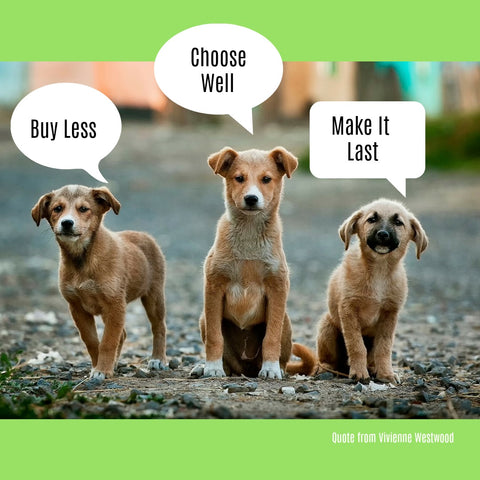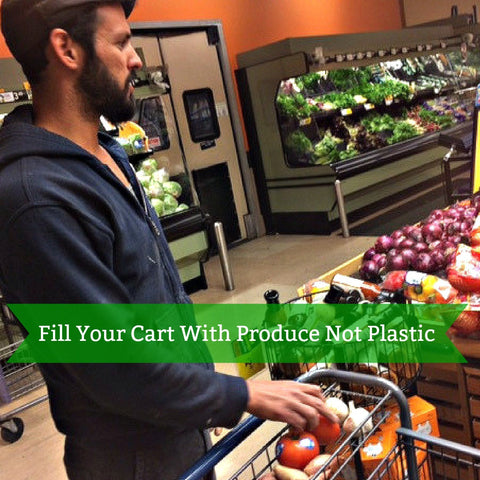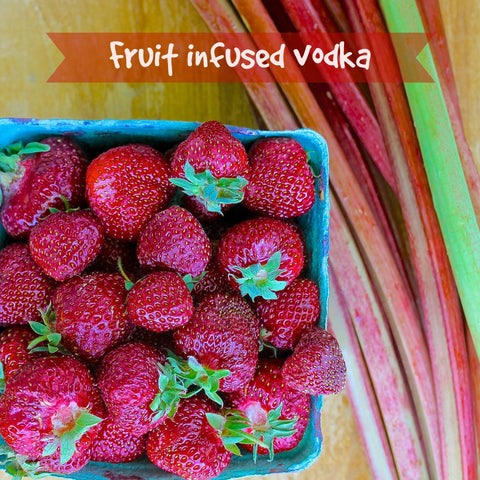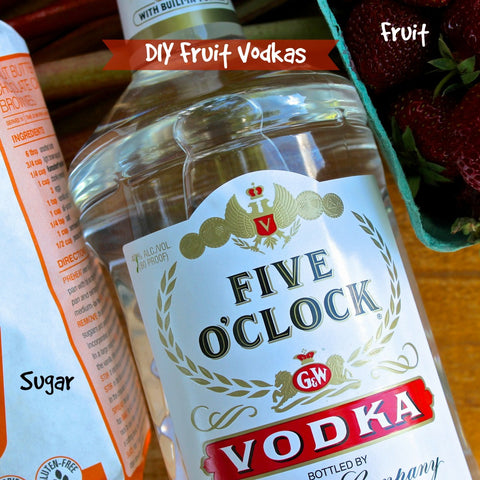Easy Peasy Soup Stock
My daughter Carly and I were talking about "garden guilt" recently. That's when you have more produce than you can eat and not a lot of time to can or freeze all your garden goodies. If you have a crock pot here is an easy technique for turning an abundance of garden produce into a tasty yummy stock that you can freeze and enjoy summer's bounty on a cold winter day.

If the garden gives you tough green beans make a stock. You can use basically anything to make your stock. I like to start with a nice chunk of kelp. Kelp is a wonderful seaweed that adds depth and flavor to cooked dishes especially stocks, soups and beans. The rich flavor that seaweeds add to foods is known as umami. It's the Japanese word for the fifth taste sensation. Umami is a great substitute for meats in your stock. Another way to boost the umami flavor is to use dried mushrooms. There's no hard and fast rule for making this broth and it will be different each time you make it- it all depends on what's available in your garden and farm market. For more information about cooking and enjoying sea vegetables check out the cookbook Sea Vegetable Celebration.
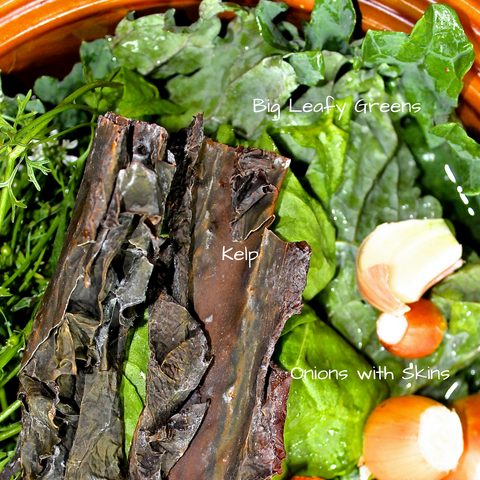
The next step is to load your crockpot up with vegetables, onions, beans, tomatoes, squash, carrots, greens, whatever you have an abundance of including bunches of herbs. This is a perfect opportunity to use older and tough vegetables including clean skins. Turn the crock pot on and let it simmer away for hours. I like to cook mine over night, the house is cooler and you wake up to a lovely savory smell.

When everything is cooked, strain the stock. You can stop here and freeze a soup base or you can use gorgeous, lovely vegetables and make a soup. For this step I like to use the best veggies I can. Tender and sweet. I'll put onions and carrots in to simmer until tender and will lightly simmer other veggies including corn, beans, peas, chopped greens and herbs. I freeze my vegetable soup without any grains, pasta or rice. It takes up less room and I can quickly cook up my choice of starch to add to my soup before serving.
It's not a lot of actual work making the stock, it takes awhile for the broth to simmer and then simply pop into your choice of containers and freeze.





